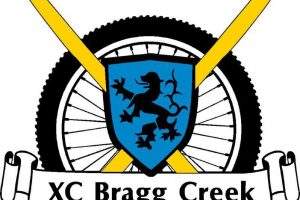
Outside the snow is falling and in the lane snow is glistening, reminding me of not only its beauty, but also the effects snow has on our wild neighbours. For some the snow is a hindrance to their survival, but for others it is their lifeline to get them through the cold of winter. For added fun in this article there are snow lyrics from eleven holiday songs hidden, see if you can find and name them all.
Snow is an accumulation of unique snowflakes, which are actually ice crystals. Due to the nature of the water molecules that make up these crystals, they will always form with six sides. This is particularly important because that shape also leaves room for air to be trapped inside fallen snow. A whopping 95% of snow is actually just trapped air. When you hear the snow crunch, these pockets of air are collapsing. Air is an excellent insulator; this means that when the webs of snow are drifting layers of insulation are building up. Smaller rodents, shrews, and weasels rely on the fallen snow to act as a blanket above them. The area directly above the ground but below the snow is called the pukak layer, and if you had x-ray vision you would see a network of tunnels in this layer where these smaller neighbours can stay active. There are even a few green plants and insects, the sturdy kind that don’t mind the snow living there. Even if there is a blizzard above the snow making you feel like Frosty the snowman, the temperature in the pukak layer will remain around 0°C. Ruffed grouse will even dive into the snow to stay warm at night.
We also have wild neighbours who are not dreaming of a white Christmas. Walking through white and drifted snow can be hard work for animals like deer and coyote. The snow also hides their food, whether it be plants or rodents beneath it. How would you like to play hide and seek with your meals for the entire winter season? However, these animals do still rely on the water in that snow to help hydrate them when alternative sources of water might be frozen solid. Lynx and snowshoe hare have found a way to adapt to these snowy conditions by having larger furry feet that act like snowshoes which keep them dashing through the snow. And the animals who cannot adapt to the snow are often the next meal that helps another animal survive the winter cold.
Snow also directly shapes the diversity of wild neighbours we see come Spring. I say let it snow as it reminds us that not everything is what it seems at first glance. If cold frozen ice crystals from a cloud can transform into a warm lifesaving blanket on the ground, maybe we can transform our hardships and struggles into opportunities to help those around us or alter our own perspectives for the better. May all your Christmases be white.
A warm thank you to Jackie Sills & James Griffin for continuing to provide amazing photographs for these articles.

























